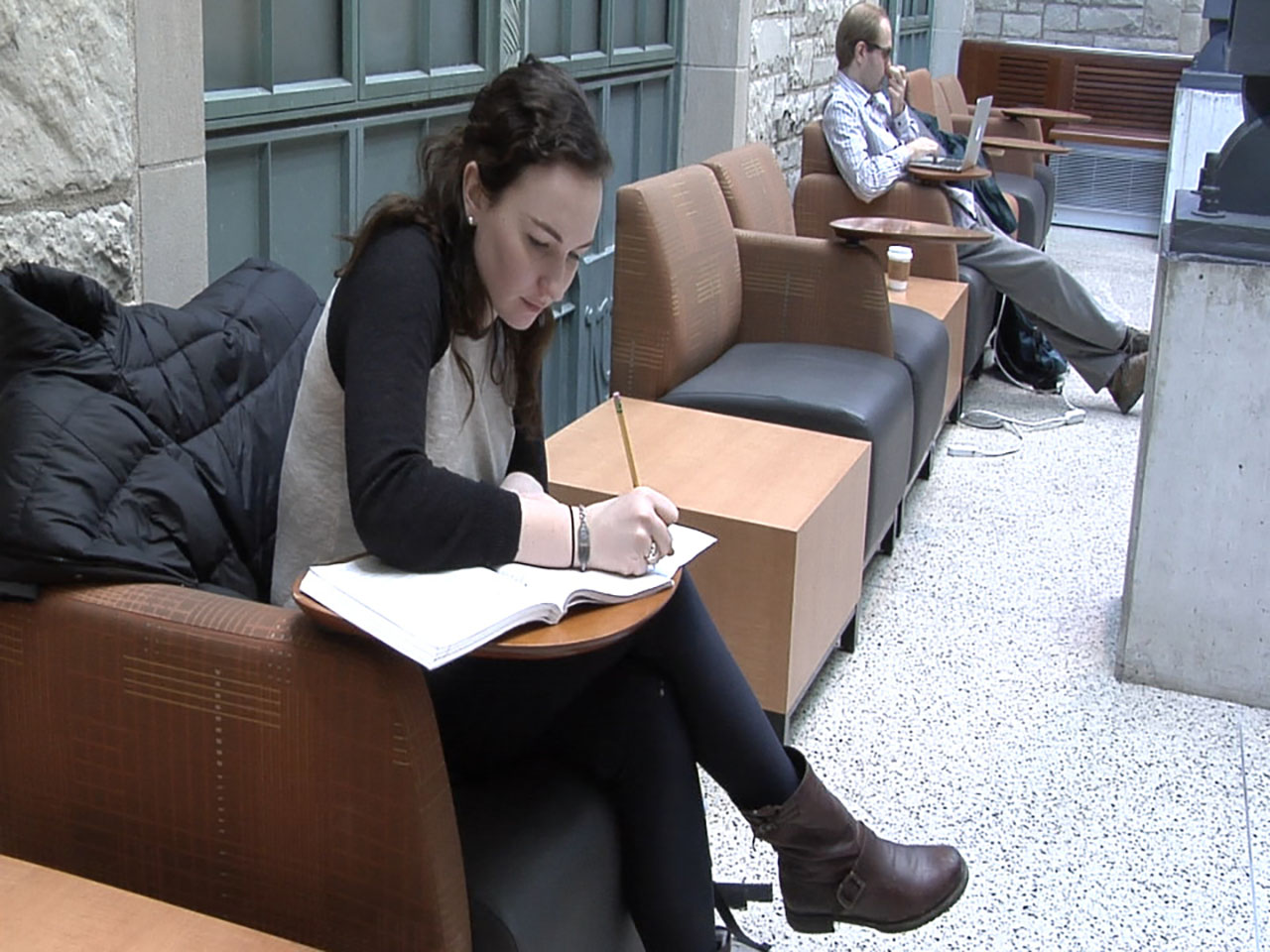By Melissa Schenkman
When Michelle Stephens packed her bags for college two years ago, she brought the usual items, but had to add a few things to the pile that many of her fellow classmates did not: syringes, vials of insulin and a glucose monitor. Nine months before embarking on college life Michelle was diagnosed with Type 1 Diabetes Mellitus.
An avid athlete at her high school in Chicago’s northern suburbs, her activities masked the common symptoms people experience as they are developing the metabolic disease.
Michelle was constantly feeling thirsty, drinking any water that she could get her hands on and she was losing weight. But at the same time, the high school senior was running on both her school’s cross-country and track teams. Needless to say, she was blindsided by the diagnosis she received from her doctor, after making an office visit to get a flu shot.

While Michelle was there she told her pediatrician about her constant drinking. Michelle had been to the doctor two months prior for an athletic physical. After weighing her the pediatrician discovered that within that time, Michelle had lost twenty pounds. A check of Michelle’s blood sugar confirmed the diagnosis.
“When you are 17 and 18 you feel you are so untouchable. Everyone else was having so much fun and its just the same as now, there is always this worry,” Michelle said.
According to the Centers for Disease Control and Prevention’s latest National Diabetes Statistics Report, Michelle is one of 4.3 million people in United States in the 20 to 44 year old age group living with diabetes.
The Type 1 Diabetes that Michelle has is the result of her own cells attacking the insulin-producing cells that normally line the pancreas. Insulin is a hormone that works to normalize levels of glucose or sugar in the blood. Also known as insulin dependent diabetes, Type 1 diabetics require insulin to do what their bodies no longer can, regulating their in take of sugar from the foods they eat.
Michelle uses rapid-acting Humalog insulin six to seven times each day when she eats and anytime between meals that her blood sugar is too high. Rapid-acting insulin provides insulin for meals eaten at the same time the shot is given. This type of insulin is often combined with a base of long-acting insulin, which provides a sustained delivery of insulin for about 24 hours.

The normal fasting blood glucose level ranges from 70-99 mg/dL of blood. And, the normal A1c, a measure of the average blood glucose levels over a three-month period is less than 6.5 percent. Both of these measures are used in the diagnosis of diabetes and maintenance of blood sugar levels post diagnosis.
Michelle is the first in her family to have diabetes. Type 1 Diabetes is an autoimmune disease. Different forms of autoimmune diseases often run in families. Both the autoimmune disease of Hashimotos Thyroiditis and Vitilago are in her family.
Today Michelle is a sophomore at Northwestern University where she is majoring in Economics and Mathematics with a minor in political science. She plans to study abroad in Italy this fall.
“You always have to think about your health and take care of it,” Michelle said. But, she wants those in shoes to know that even so “You can have a completely normal college experience.”
 MEDILL REPORTS
MEDILL REPORTS
ON CAN TV
In Chicago, watch Medill Reports video stories on CAN-TV channel 27


